Flexibility Pearls
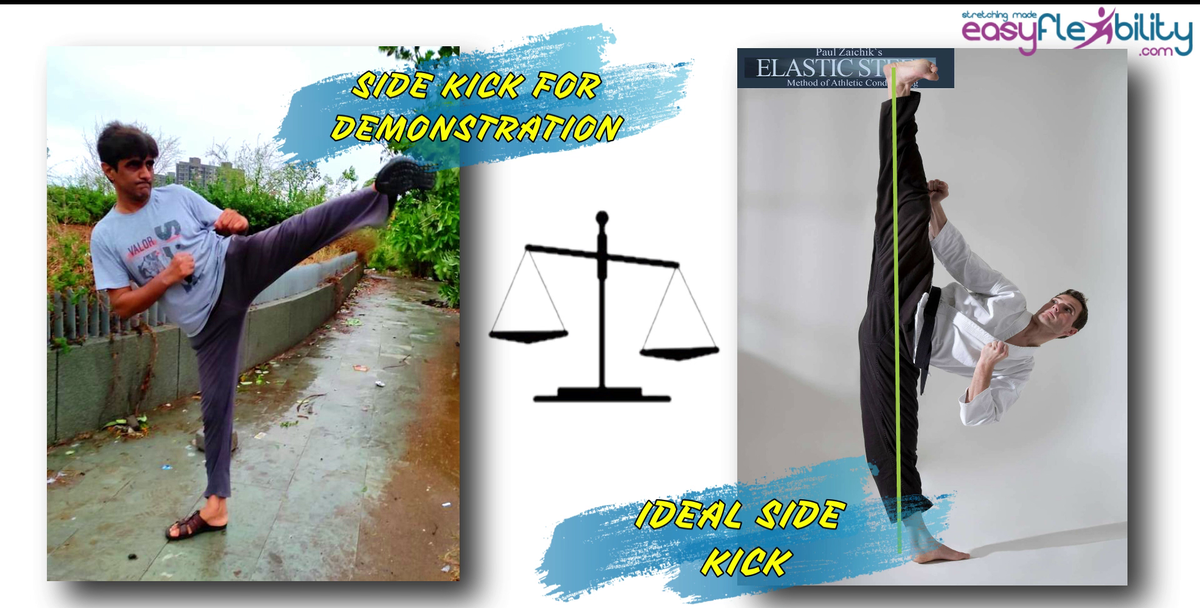
Side Kick Analysis
Posted by Paul Zaichik on
There are stylistic differences between the side kick & different applications of the side kick. Forms for example in Ring Fighting vs in Street Fighting and there are slightly different variations how the body performs a side kick. So keeping...
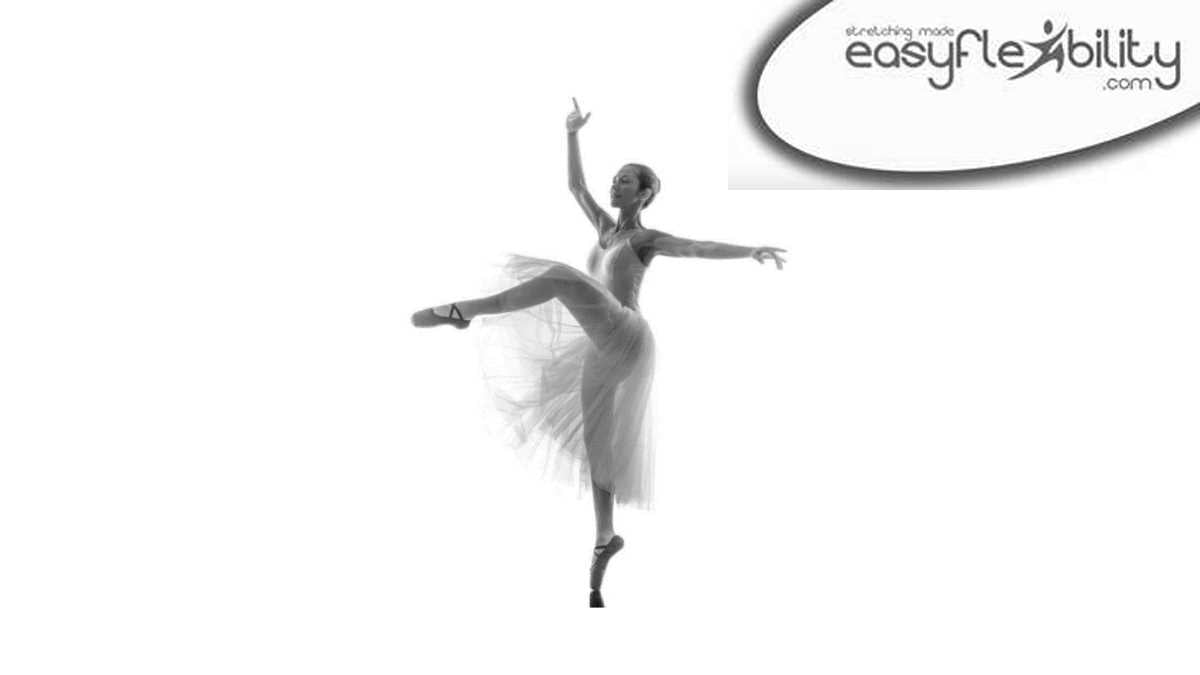
Attitude Devant Analysis
Posted by Paul Zaichik on
Attitude is a dance position in ballet where one leg and both arms are raised. The raised leg can extend either into the front or the back. When the raised leg is fixed towards the front, the posture is called...
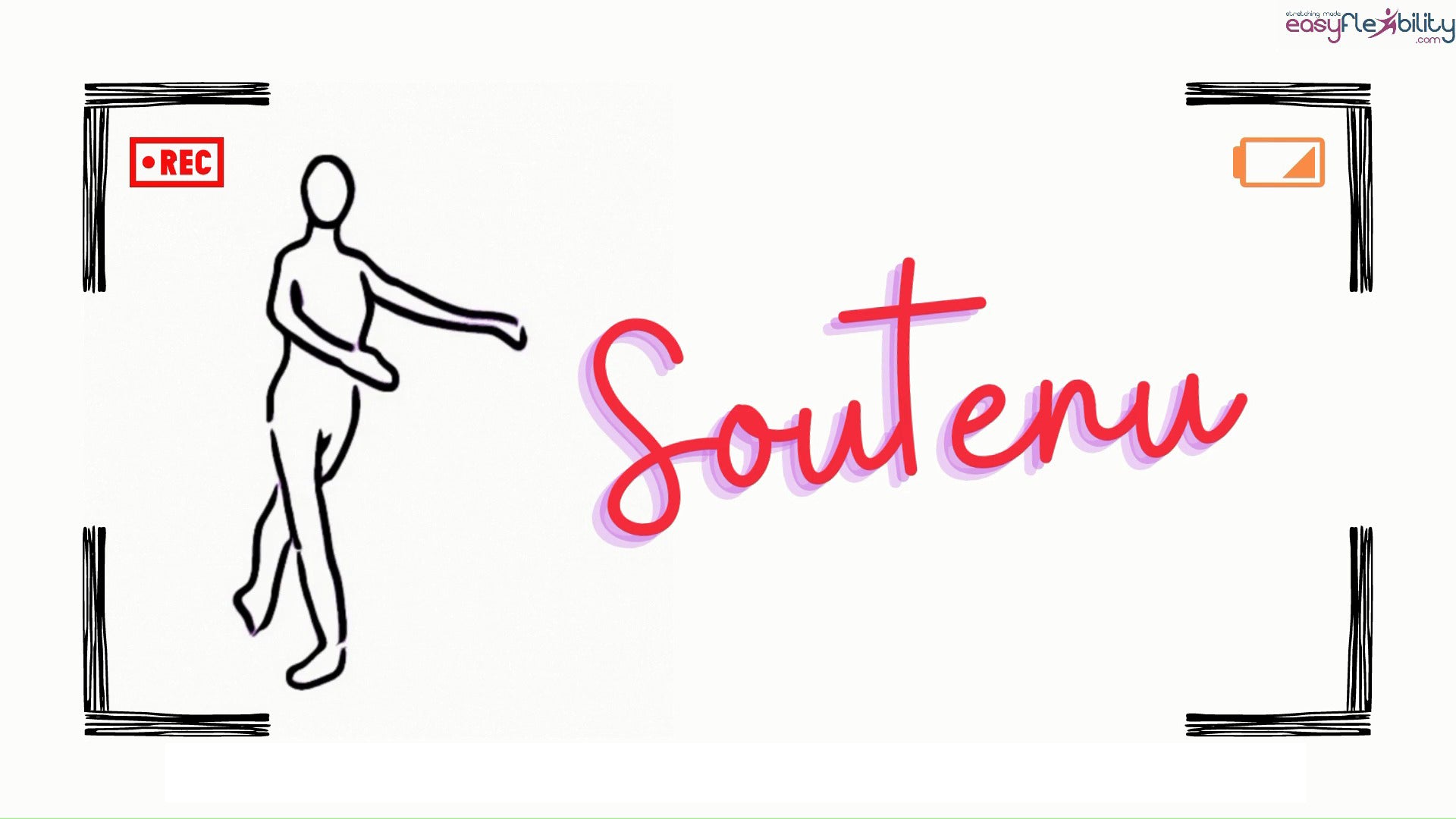
Soutenu Analysis
Posted by Paul Zaichik on
Soutenu is a term in classical ballet which means “sustained.” The ballet dancer turns in sus-sous or in fifth position en pointé and ends up with the opposite foot in front. Let's take a look at the video below: We...
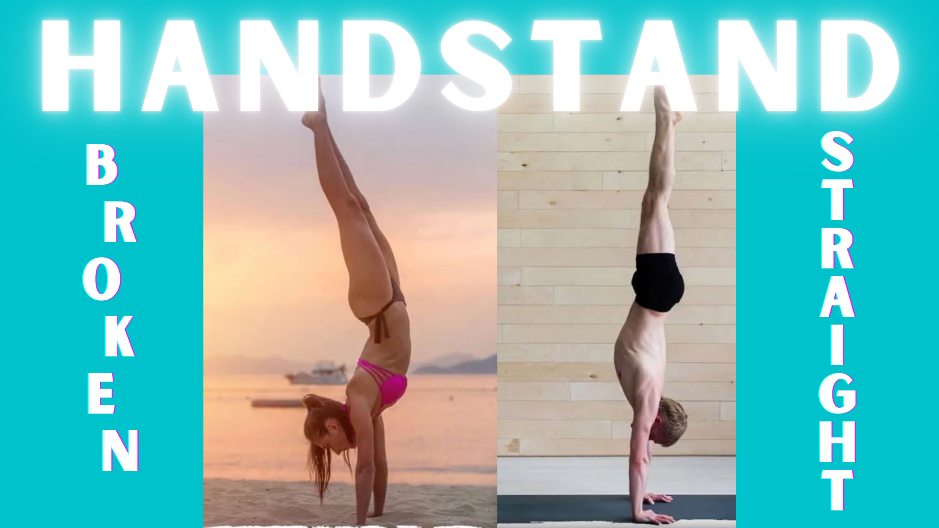
Handstand Analysis Part 2: Broken Handstand VS. Straight Handstand
Posted by Paul Zaichik on
Let's take a look at the video below: The handstand is regarded to be one of the most important fundamental skills in a sport like gymnastics. It is considered to be extensively demanding and rigorous of a postural stance when...
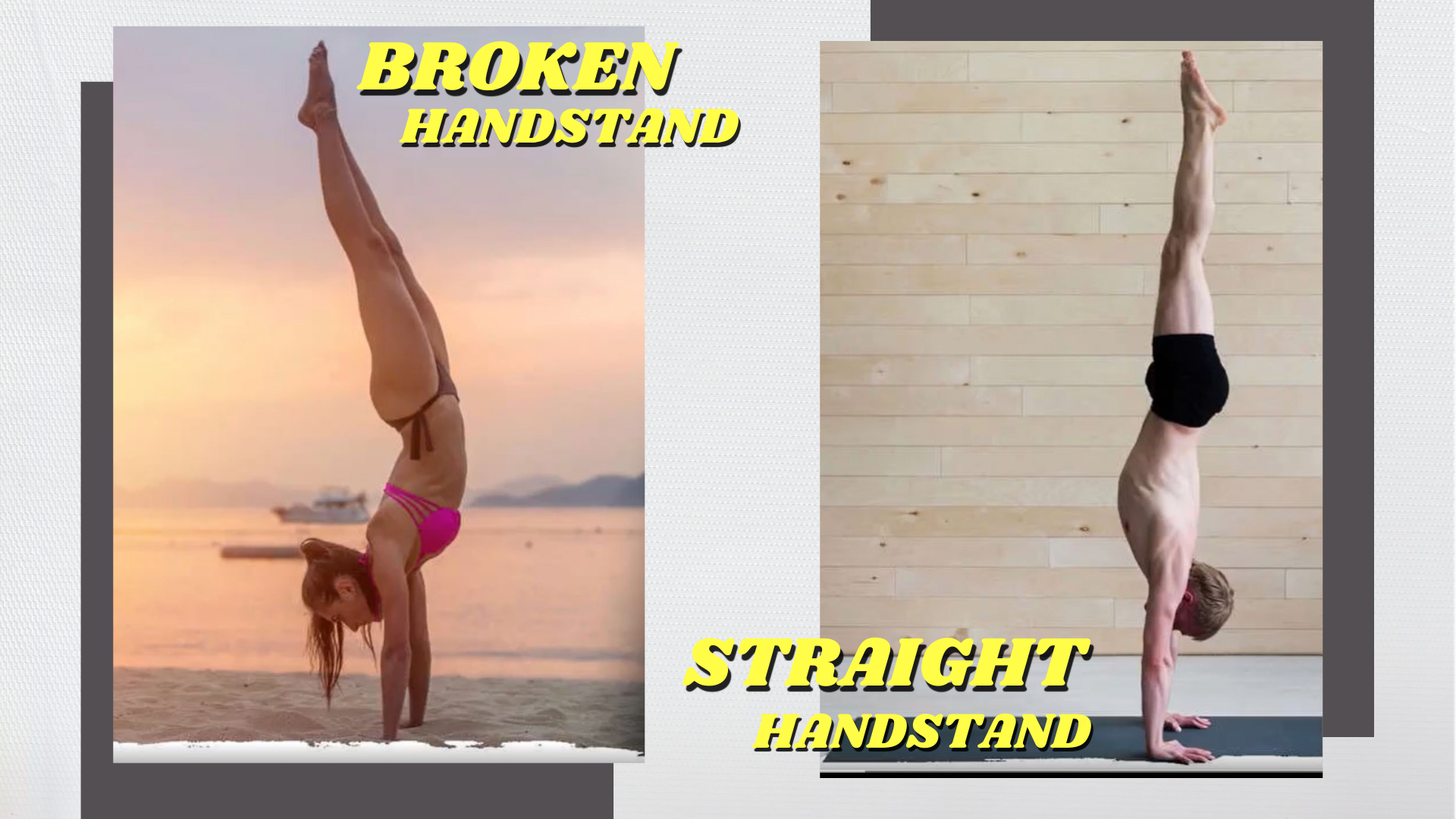
Handstand Analysis- Part 1
Posted by Paul Zaichik on
Let's begin by watching the video below: What does the person on the left need to be able to do to perform the handstand the same way as a person on the right? Just by looking into two pictures, you...
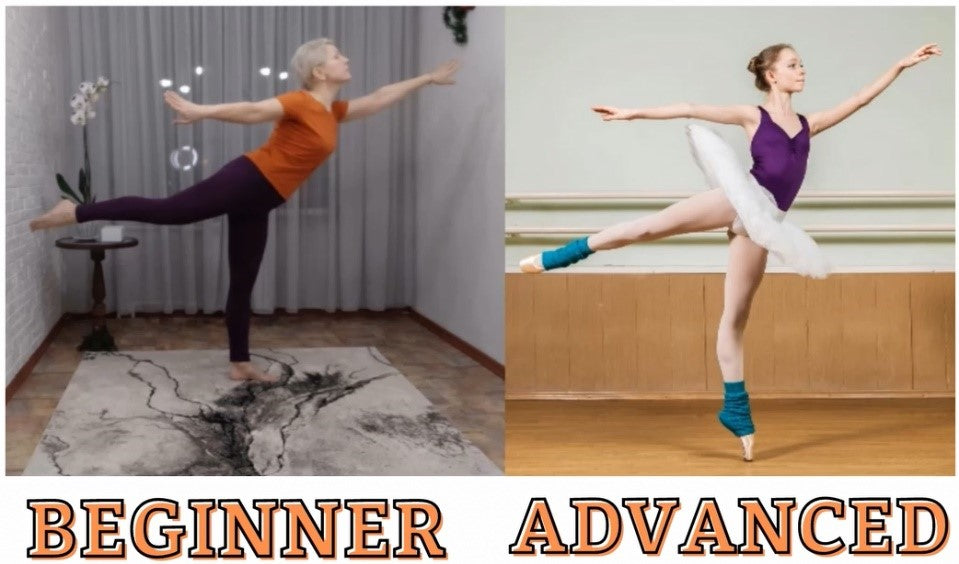
Arabesque Analysis
Posted by Paul Zaichik on
On the left, you see a picture of a beginner's arabesque. And thisis a technique we are going to analyze. And for comparison, you're seeing anadvanced student performing an arabesque on the right. This analysis will answer the question "what...
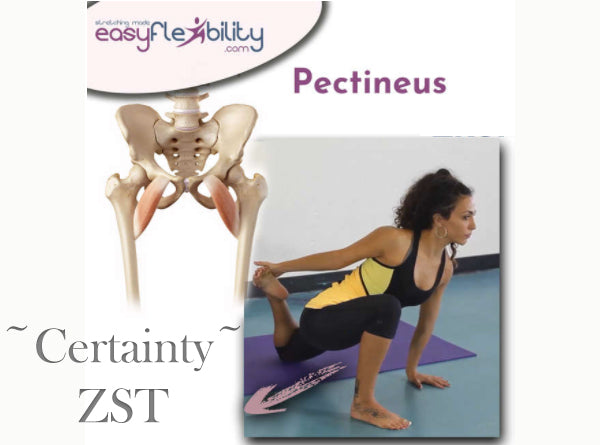
Troubleshooting Pectineus ZST ~Certainty~
Posted by Paul Zaichik on
When it comes to ~Certainty~ ZST and inability to perform this technique correctly or perform it at all, we want to look at possible issues. Rectus Femoris – a particularly important muscle that can get in the way of ~Certainty~ ZST, simply because it requires the knee to be extended and the hip to be flexed for the muscle to be in a short range. If the muscle is not flexible enough needing to go into hip extension, although ~Certainty~ ZST is hip extension/abduction, it is not a pure hip extension, with a flexed knee, can prevent this technique from being performed correctly. So, if you can get into position but the second you have to flex your knee you feel your hips being pulled back, you may need to work on flexibility of Rectus Femoris by practicing ~Clarity~ ZST.
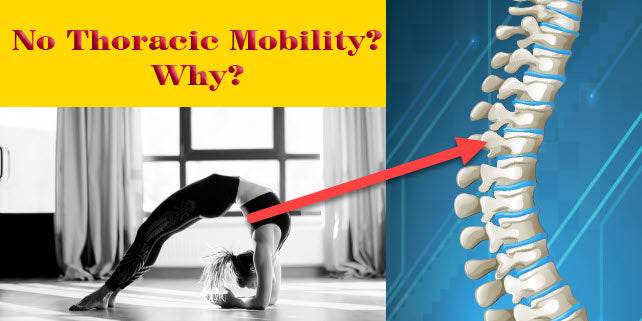
Why stretching alone will not help you with thoracic hyperextension
Posted by Paul Zaichik on
Why stretching alone will not help you with thoracic hyperextension. When I ask about the challenges of back extension flexibility one of the biggest issues that came up was thoracic hyperextension. Many people are able to hyperextend or bend back...

Exactly how much back flexibility do you need to do a perfect Arabesque?
Posted by Paul Zaichik on
It is easy to calculate the minimum back extension or back hyperextension flexibility that is needed. It is easy to calculate the minimum back extension or back hyperextension flexibility that is needed. First thing you would need to do is...
